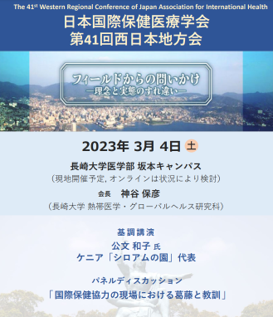Background
- Migrants were left behind during the COVID-19 pandemic in many countries
- Data from Europe showed that some migrant communities might be at higher risk of infection of COVID-19, and were disproportionately represented in cases, hospitalizations, and deaths.
- Migrants were likely to live in overcrowded accommodations, work in conditions with inadequate protection, and had suboptimal access to health information and services including COVID-19 vaccination.
- One of the reasons why migrants were left behind could be that most countries had not prepared well for migrants and other VPs.
- According to the Global Health Security Index, before COVID-19 pandemic, only 33 in 195 countries had plans for emergency preparedness and response plans that included considerations for VPs including migrants.
- Challenges faced by migrants overlap with those by other vulnerable populations (VPs)
- Such VPs include people experiencing homelessness, people living in slums, people living in closed settings, and people with disabilities.
- Common challenges include limited understanding of VPs among public health personnel, lack of communication strategies tailored to VPs, barriers to access health and social services, lack of involvement of VPs, and unfavorable socio-economic conditions for their health.
- Solidarity across initiatives for migrants and other VPs could have substantive impacts on policies, systems and societies while migrant health is a tiny agenda in global health.
International Symposium
Migration and Health across Asian Countries: Build Forward Better beyond COVID-19
On 4 March 2023 in Japan, During the 41th Western Regional Conference of Japan Association for Global Health (JAGH)
Speakers
- Masami Fujita: Migrant’s’ Neighbor Network & Action (MINNA)/National Center for Global Health and Medicine (NCGM)
- Luong Quang Dang: Ministry of Health/Secretariat of Migrant Health Working Group, Vietnam
- Jongsoh Ahn: Korea Foundation for International Healthcare
- Jun Kobayashi: University of the Ryukyus
